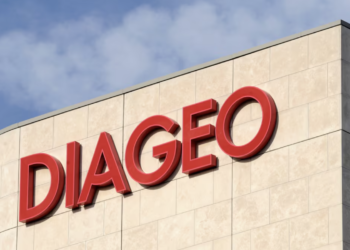In recent months, inflation rates have experienced declines, particularly on a month-to-month basis (m/m).
The year commenced with an inflation rate of 9.0%, and in the latest month, this figure has decreased to 6.9%. A prevalent question, posed by numerous individuals both online and offline, is why, despite the drop in inflation rates, the prices of goods remain higher than those observed in January.
Let’s delve into the reasons behind your favorite snacks and daily essentials not hosting a price-drop celebration. A decrease in inflation rates does not translate to a reduction in absolute prices; rather, it indicates a moderation in the pace of price increases. This is akin to a vehicle slowing down on a highway—it is still advancing, albeit at a decelerated rate.
Inflation serves as the Richter scale for prices, measuring the overall cost of goods. Thus, if the inflation rate experiences a decline, it signifies that prices are still ascending, albeit at a slower pace. Your everyday essentials are still becoming more expensive, just not as rapidly.
For the average person, this situation carries a dual implication. On a positive note, it suggests that prices are not increasing as swiftly. Conversely, it serves as a reminder that prices are still on the rise. Understanding this information is crucial for prudent financial management.
While there may not be an imminent need to brace for a sudden surge in expenses when inflation rates decrease, recognizing the gradual rise in costs enables more effective financial planning. It’s about preparing for the steady increase in the cost of living.
Moreover, prudent debt management becomes a strategic consideration. Inflation can impact the real cost of debt. During periods of lower inflation, the influence of interest rates on loans may be less severe. However, it remains essential to stay vigilant regarding overall economic conditions, as unforeseen shifts can influence interest rates and the cost of servicing debts.
In essence, a nuanced understanding of inflation rates equips individuals with the tools to navigate their financial landscape more effectively. It’s not solely about reacting to immediate changes; it’s about proactively making choices aligned with economic realities, fostering improved financial well-being in both the short and long term.


















